Villages in the clouds
It is no coincidence that Sa Pa has become a favorite destination for millions of international tourists every year. Behind the breathtaking scenery, this place is a treasure trove of cultural, natural and emotional experiences - things that the modern world is looking for.
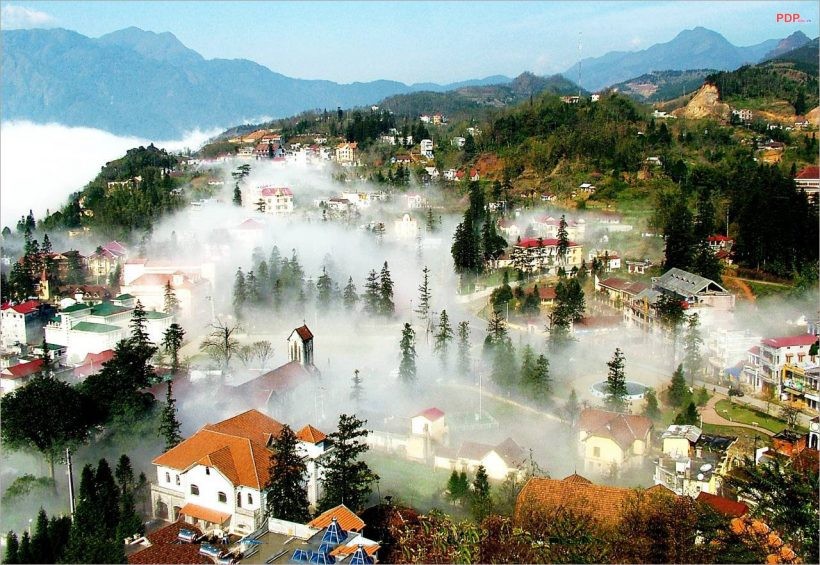
Sa Pa appears like a vivid ink painting, where people and nature blend together in a slow pace of life. Cat Cat, Ta Van, Lao Chai villages, each name is an invitation to explore .
Foreigners especially love walking through small dirt roads between terraced fields, stopping in front of a simple wooden house to chat with the locals, and enjoying a bowl of aromatic thang co in the middle of a highland market.
Elena, a tourist from Spain, shared: “I have been to many places in Asia but nowhere have nature and people been as close together as in Sa Pa. I stayed at a homestay with a Mong family, learned to cook local dishes, picked vegetables with a basket and tried weaving linen. For me, it was a real life journey, not just a trip .”
It is impossible to mention Sa Pa without mentioning the legendary Fansipan peak, the “roof of Indochina”. For international tourists, the journey to climb Fansipan is more meaningful than just a conquest of heights.
It is a physical challenge, an opportunity to connect with strangers on the same windy road, and an overwhelming moment when dawn breaks and the sky is as bright as gold on the sacred mountain top.
With a modern cable car system, Fansipan is now a place that all ages can easily access.
Standing in the middle of the spiritual complex on the top of the mountain, looking at the clouds rolling below, many foreign tourists could not hide their emotions. They were silent, as if they were talking to the mountains and forests.
If you want to understand a land, go to their market, this saying is very true for Sa Pa. Bac Ha, Can Cau markets, or Sa Pa love markets are where the locals not only exchange goods but also convey many layers of ancient culture.
The sound of the panpipes, the sound of the lips, the colorful brocade dresses, the smiles of the Mong girls, the shy eyes of the Red Dao boys… all create a space that is both brilliant and simple. It is this unique element that makes international tourists come not only to admire, but also to understand and love this land.
They go to traditional brocade weaving classes, try beeswax painting on fabric, learn xoe dance in the flickering firelight - experiences that cannot be recorded in any book, but can only be felt with the heart.
Local cuisine, a bridge without language
Sa Pa cuisine is a part of the soul that makes foreign tourists fascinated. Not only because of the unique way of cooking, but also because of the ingredients imbued with the mountains and forests: wild bamboo shoots, upland mustard greens, stream fish, dried buffalo meat, hawthorn wine... Each dish is a story about customs, climate, and lifestyle.
At many homestays, visitors can cook meals with local families, learn how to light a wood stove, cook cabbage soup with ginger, or make traditional sticky rice cakes. These moments, though simple, are what make Westerners - who are too accustomed to comfort - find closeness, warmth, and sincerity.
Recently, Sa Pa has been strongly transforming in the trend of green and sustainable tourism. Many models of eco-homestays, trekking tours with local guides, or activities to preserve ethnic culture have been systematically implemented. This creates more attraction for international tourists who increasingly pay attention to social and environmental responsibility when traveling.
Several non-profit organizations are also working with local people to preserve ancient rice varieties, teach English to children, or develop handicrafts for export. These efforts help make tourism not just a material exchange, but also a lasting connection between people and culture.
Sa Pa today is a place where journeys do not stop at beautiful pictures. It is a place where international tourists find themselves in the simple and sincere life of the highland people. It is a place where every wind, every rice field, every child's smile can soothe the hearts of people from afar.
It can be said that the intersection between majestic nature, rich culture and rustic hospitality has created a very unique Sa Pa, a place that not only holds people's feet, but also their souls.
In recent years, along with the development of Vietnam's tourism industry, Lao Cai - a land with many attractive tourism resources, Sa Pa National Tourist Area with over 120 years of tourism development, has achieved many impressive achievements in terms of number of visitors, revenue and many diverse products.
Destinations in Lao Cai such as Fansipan Legend Cable Car Tourist Area were awarded "World's Leading Cultural Tourist Area 2023" and "World's Leading Natural Landscape Tourist Area 2023"; Sa Pa was ranked in the top 50 most beautiful small towns in the world; Bac Ha market was rated the most attractive in Southeast Asia... Many tourism products have become "brands" positioned on the tourism map of Vietnam and the world.
With more than 8 million visitors and revenue of nearly 27,000 billion VND in 2024, Lao Cai tourism is increasingly affirming its position as an important and spearhead economic sector, gradually creating a breakthrough in the province's economic structure.
Source: https://baolaocai.vn/sa-pa-va-nhung-trai-nghiem-niu-chan-du-khach-bon-phuong-post402981.html








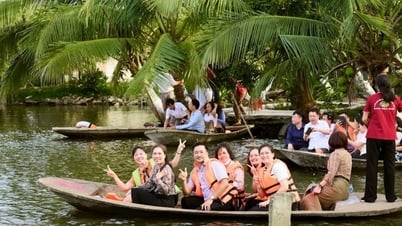

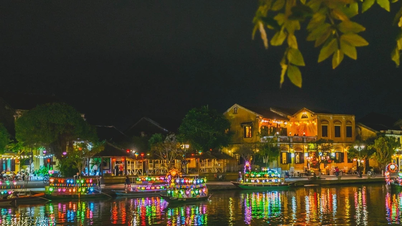

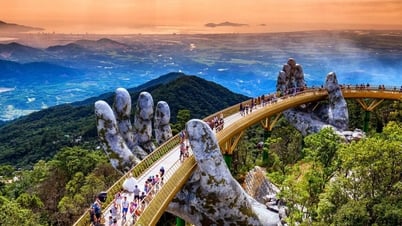
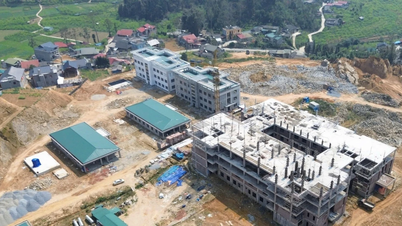





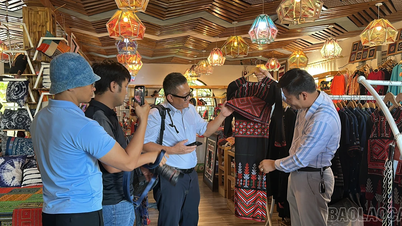
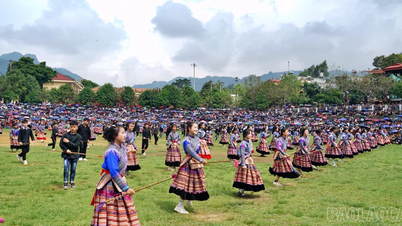

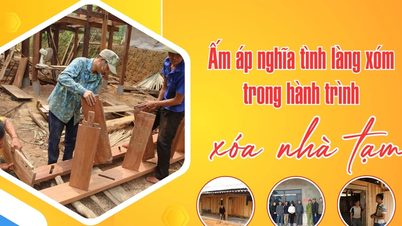

































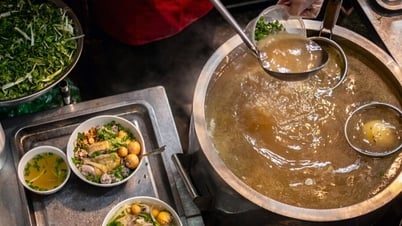



























![[OCOP REVIEW] Tu Duyen Syrup - The essence of herbs from the mountains and forests of Nhu Thanh](https://vphoto.vietnam.vn/thumb/402x226/vietnam/resource/IMAGE/2025/6/5/58ca32fce4ec44039e444fbfae7e75ec)







Comment (0)